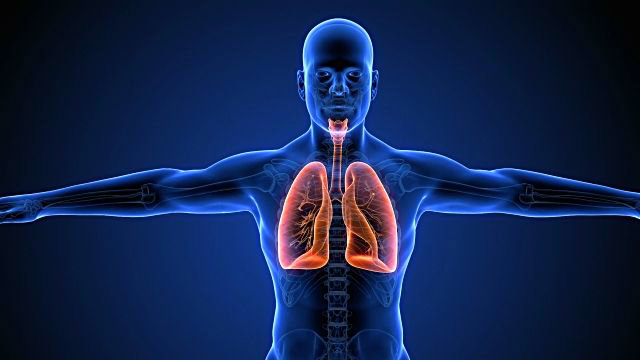We are at the time of the year with the highest incidence of respiratory diseases, together with the concern of the coronavirus, which causes patients to accumulate diseases, especially pulmonary complications, significantly impacting the decrease in lung capacity.
Determined by the balance between the strength of the inspiratory muscles in expanding the lung-chest wall system and the elastic strength/resistance generated by the system in high volumes.
With social isolation as well as the other muscles of the body (skeletal muscle system), the respiratory muscles will suffer the repercussions of decreased stimuli.
At the moment, according to the Ministry of Health, the recommended thing is to take measures so that we can reduce the transmission of the virus and avoid overloading the health systems with a consequent lack of sufficient service to the population.
However, we must pay attention to providing adequate and specific care for those who have been infected and need to develop an improvement in lung capacity.
As an alternative to maintain respiratory muscle function, physical exercises are recommended. The Pilates Method in lung capacity is capable of providing changes in the muscles involved in breathing and, consequently, changes in respiratory muscle strength, improving function. pulmonary disease, especially in recovered patients.
Do you want to know more about how Pilates in Lung Capacity can assist in the recovery of post-coronavirus patients?
Coronavirus and the Lung System
It is known that the respiratory system is the organ most affected. The spectrum of the clinical presentation of the disease is broad, from asymptomatic patients to patients with critical illness in need of orotracheal intubation.
The damage is so severe that the patient needs maximum respiratory support to cope with the disease and is described, especially in the elderly and individuals with comorbidities, which can lead to dyspnea, hypoxemia, major pulmonary involvement in imaging studies, respiratory failure, shock, and multiple organ failure.
With recovery, they still need to deal with the sequelae that the infectious process (inflammation that hinders the function of the alveoli, that of providing adequate oxygenation and eventually collapsing) will provide the lung, such as pulmonary fibrosis, which occurs when the lung tissue it is damaged, forming scars, impairing pulmonary elasticity and distensibility, making it difficult to breathe.
Pulmonary fibrosis is characterized by progressive deterioration of lung function, impaired gas exchange, hypoxemia, and exercise intolerance, leaving patients less physically active, generating a negative impact on the functional capacity and quality of life of these individuals.
A warning to smokers, smoking, by itself, already causes an inflammatory process in the lungs, both for those who do not yet have significant pulmonary changes and for those who already have the chronic obstructive pulmonary disease (COPD – pulmonary emphysema and chronic bronchitis) ), making them more predisposed to the severity of the disease and the post-recovery complications of the coronavirus, and its institution in physical exercise programs such as Pilates is essential.
Pilates Method in Lung Capacity
The Pilates Method emerges as a form of physical conditioning that will provide an individual’s well-being and several benefits for both mind and body since it suggests providing changes in the muscles involved in breathing. Consequently, improvement in respiratory coordination and intense strengthening of abdominal muscles and other muscles inserted in the trunk, with satisfactory changes in respiratory function.
The exercises carried out by the Method aim to emphasize breathing at the beginning of the movement, providing organization of the trunk and favoring the inspiratory and cervical muscles, in a synchronized way with the muscular action, favoring the pulmonary ventilation and the improvement of tissue oxygenation.
Discover more from Pilates All Ages
Subscribe to get the latest posts sent to your email.
